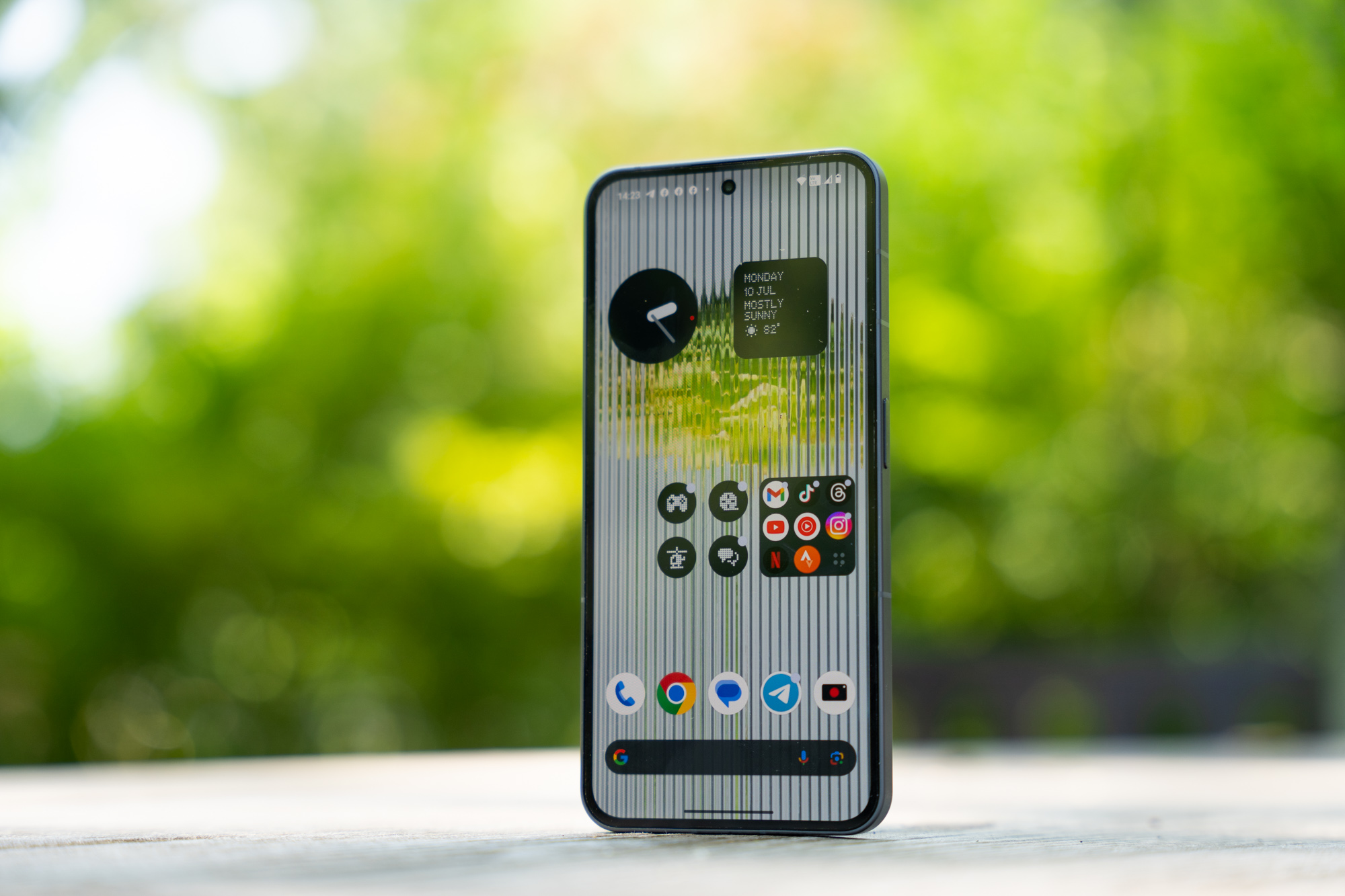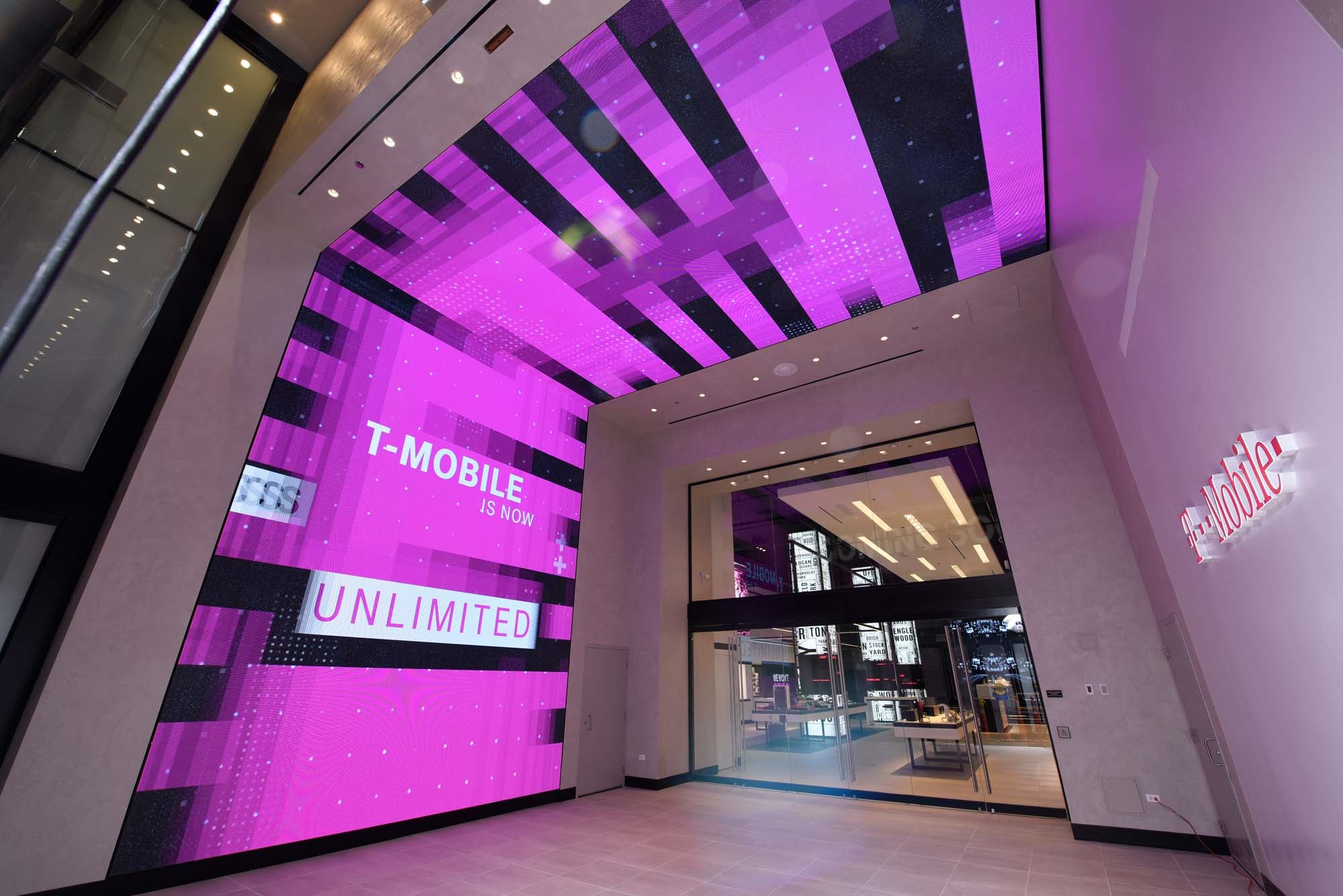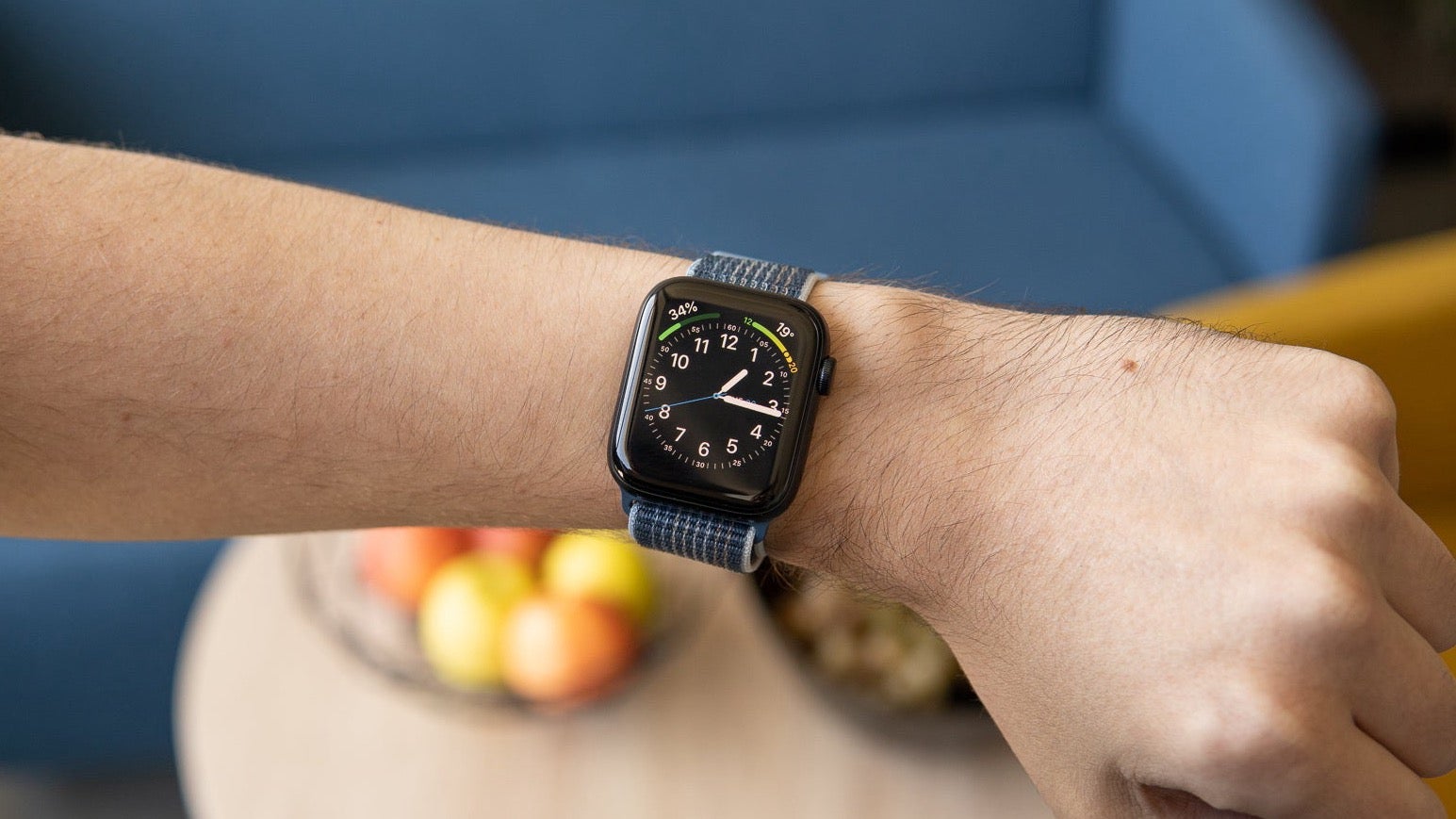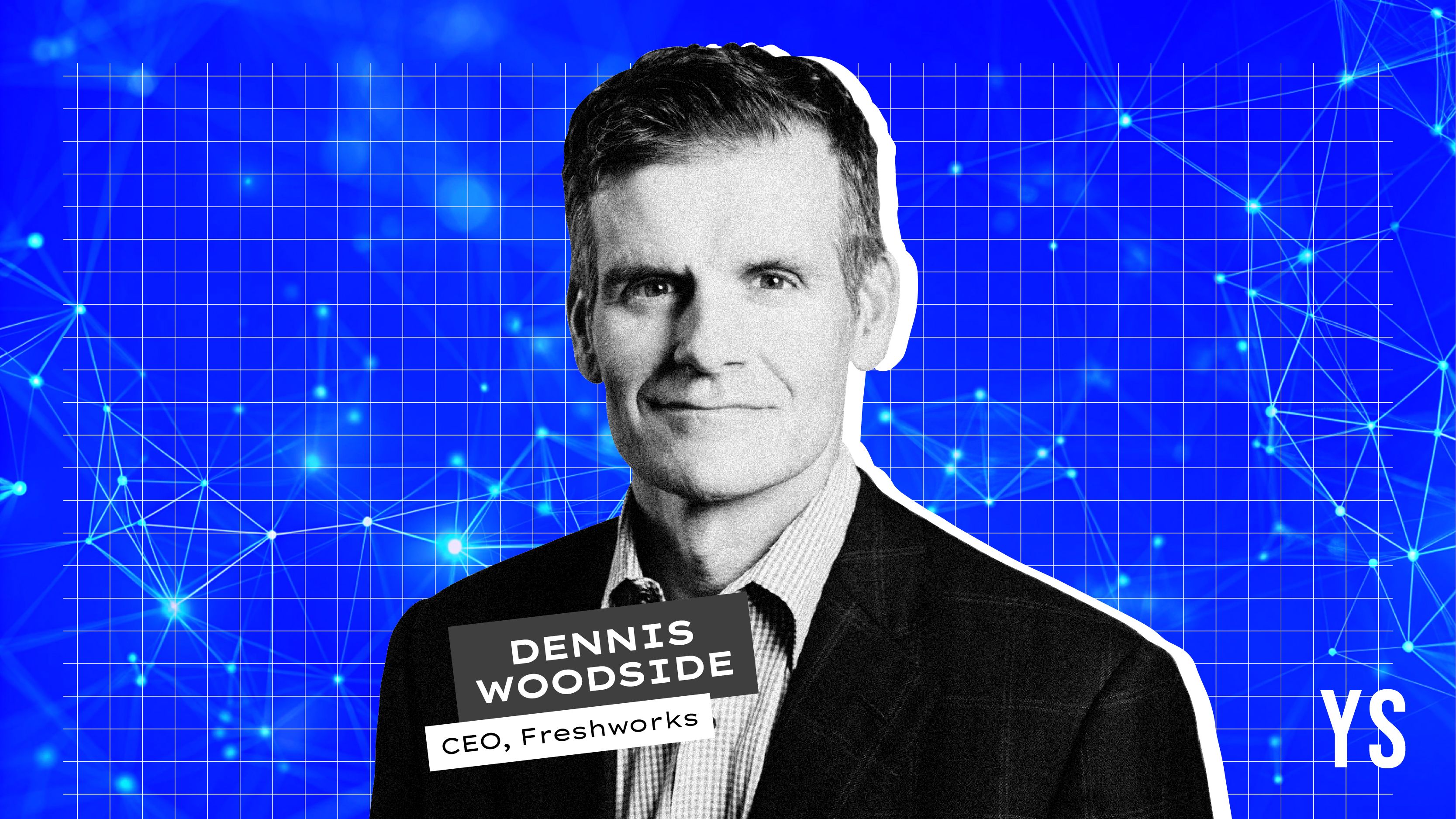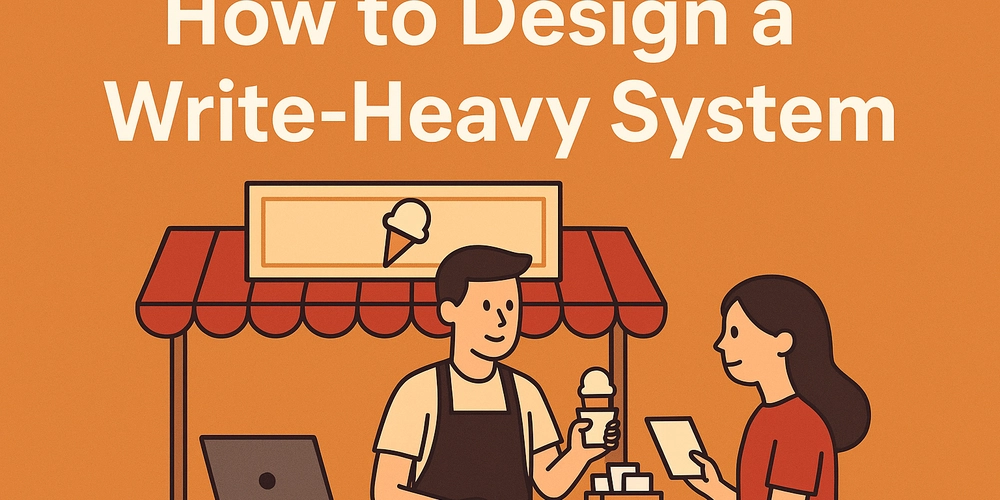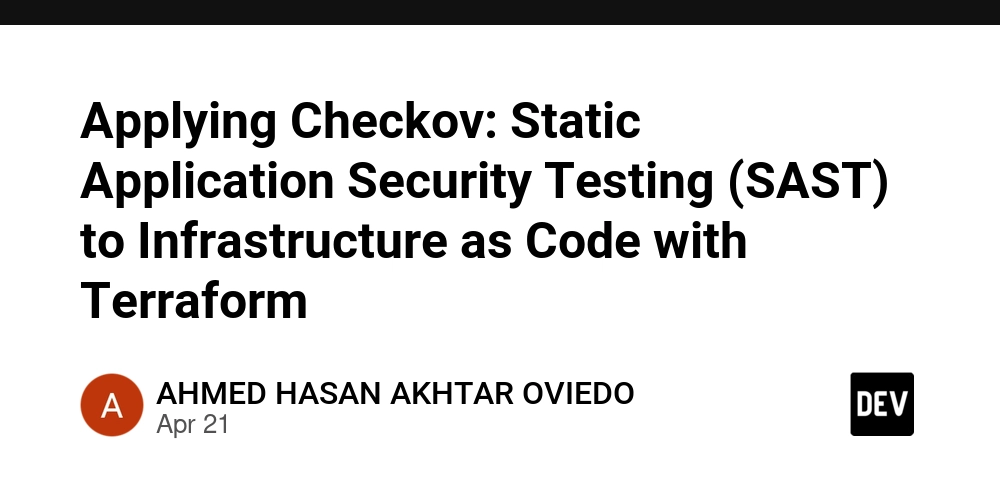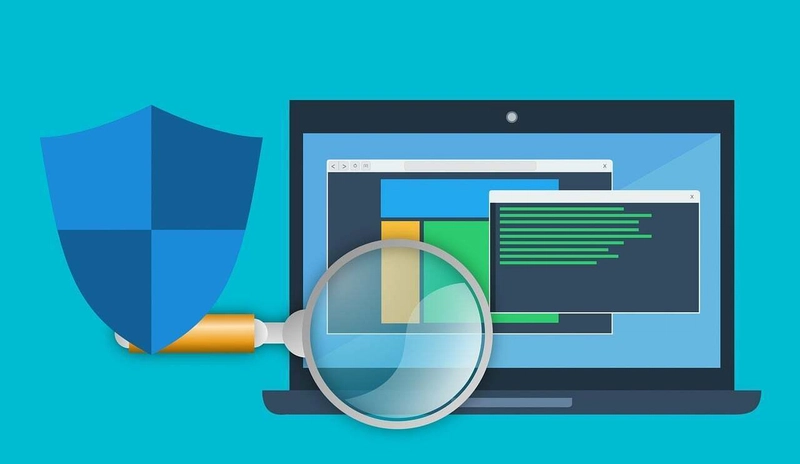The Truth Behind Cheap Traffic
Introduction There are many myths about cheap traffic buying. Some people swear by it and others avoid it. This article is the in-depth explanation what the cheap traffic is and its comparison with other digital marketing models such as Cost-Per-Click (CPC), Cost-Per-Mill (CPM), and Cost-Per-Acquisition (CPA). To prosper online a website has to have a traffic flow... and lots of it. Website traffic can be obtained for free or can be bought. Free traffic can be acquired by using search engine optimization (SEO) - a process of increasing visibility of a website in search engine result pages. Paid traffic can be obtained by using various internet marketing techniques that cost money. Cheap traffic is one of paid traffic models. Cheap Traffic Bought in Bulk Cheap traffic buying, also known as targeted traffic or bulk traffic buying, is an online marketing model where a website owner buys visitors in bulk. Traffic providers collect bulk traffic and redirect it to client’s website. They place ads on various websites and when visitors click on those advertisements they are re-directed to a client’s website. Usually, cheap traffic providers own a lot of websites, domains, and mobile apps and if needed can provide a lot of traffic. Traffic providers determine what a visitor is interested in by an advertisement that the visitor clicks on. If an individual clicks on an advertisement related to weight loss pills, for example, she will be redirected to a traffic buyer’s website who chose “Diet Supplements” as their category. The geographical location of a visitor is determined by his IP address. Cheap traffic is a quick way to increase potential customers to your site. It is also beneficial to website’s SEO and Alexa rankings. Read here for more information on how to buy website trafic. Pros: Price: Cheap traffic is really cheap, you can buy 5000 quality visitors for under $10. Good Targeting: Website visitors are presorted by advertisements that they click on. Flexibility: Traffic campaigns can be started and stopped in less than 24 hours. Control over the budget: You pay only for visitors that you want to receive. Testing capability: You can buy just a little number of traffic for testing purposes. Quick results: You get potential customers to your website quickly. Cons: Possibility of fake traffic: There are websites selling fake traffic which doesn't work. Cost-Per-Click (CPC) vs Cheap Traffic Cost-Per-Click (CPC), also known as Pay-Per-Click (PPC), is a branch of digital marketing payment model where a website’s or app’s owner places someone's ad on his or her site and charges the advertiser when a visitor clicks on it. There is no charge if a visitor sees the advertisement, but does not click on it. Cost-Per-Click model is implemented a lot by search engines and social networking sites. CPC has better targeting than cheap traffic bought in bulk, but it is much more expensive. Like in cheap traffic model, visitor's location is determined by his or her ip address. Also, like cheap traffic, CPC is good for testing, brings quick results, and has pretty good control over budget. Pros: Excellent Targeting: Ads created for the advertiser with his keywords and products. Flexibility: Traffic campaigns can be started and stopped quickly. Control over the budget: You decide how much you want to spend. Testing capability: You can spend minimum for testing purposes. Quick results: You get potential customers to your website quickly. Cons: Cost: CPC costs much more then cheap traffic and prices fluctuate. Bidding wars: If several websites want the same keyword, ad prices rise. Click Fraud: Competitor or even traffic provider might abuse CPC model. CPC requires skills: It is not so easy to conduct a successful CPC campaign. Cost-Per-Mill (CPM) vs Cheap Traffic Cost-Per-Mill (CPM), also called cost per thousand (CPT), is an online advertising pricing model where a website’s owner charges advertiser for each visitor the advertisement is shown to. Differently then in Cheap Traffic and CPC, in Cost-Per-Mill model a visitor doesn't have to click on an advertisement to be counted as a successful visitor. TV, Radio, and Newspapers use Cost-Per-Mill model for a long time. The best example of internet company who uses CPM model is YouTube. It charges per average $2 per 1000 views. In comparison, the prices of Cheap Traffic providers (for example VisitorMaker.Com) and Youtube is really similar. Both charge around $10 for 5000 visitors. The difference is that in Cheap Traffic, a website owner gets visitors interested in his products or services delivered to his site, and in CPM model, only theoretically seeing his advertisements. Pros: Customisable: Ads created for the advertiser with his keywords and products. Flexibility: Traffic campaigns can be started and stopped quickly. Control over the budget: You decide how much you want to spend. Testing capability: You can spend minimum for testing purposes. C
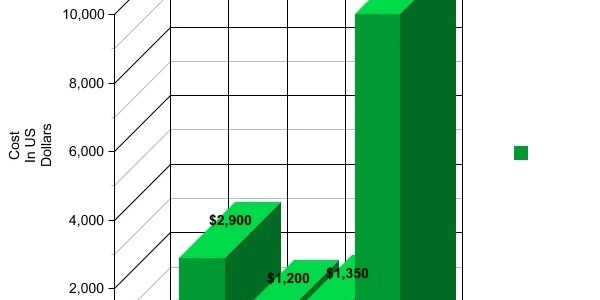
Introduction
There are many myths about cheap traffic buying. Some people swear by it and others avoid it. This article is the in-depth explanation what the cheap traffic is and its comparison with other digital marketing models such as Cost-Per-Click (CPC), Cost-Per-Mill (CPM), and Cost-Per-Acquisition (CPA).
To prosper online a website has to have a traffic flow... and lots of it. Website traffic can be obtained for free or can be bought.
Free traffic can be acquired by using search engine optimization (SEO) - a process of increasing visibility of a website in search engine result pages. Paid traffic can be obtained by using various internet marketing techniques that cost money. Cheap traffic is one of paid traffic models.
Cheap Traffic Bought in Bulk
Cheap traffic buying, also known as targeted traffic or bulk traffic buying, is an online marketing model where a website owner buys visitors in bulk. Traffic providers collect bulk traffic and redirect it to client’s website. They place ads on various websites and when visitors click on those advertisements they are re-directed to a client’s website. Usually, cheap traffic providers own a lot of websites, domains, and mobile apps and if needed can provide a lot of traffic. Traffic providers determine what a visitor is interested in by an advertisement that the visitor clicks on. If an individual clicks on an advertisement related to weight loss pills, for example, she will be redirected to a traffic buyer’s website who chose “Diet Supplements” as their category. The geographical location of a visitor is determined by his IP address. Cheap traffic is a quick way to increase potential customers to your site. It is also beneficial to website’s SEO and Alexa rankings. Read here for more information on how to buy website trafic.
Pros:
Price: Cheap traffic is really cheap, you can buy 5000 quality visitors for under $10.
Good Targeting: Website visitors are presorted by advertisements that they click on.
Flexibility: Traffic campaigns can be started and stopped in less than 24 hours.
Control over the budget: You pay only for visitors that you want to receive.
Testing capability: You can buy just a little number of traffic for testing purposes.
Quick results: You get potential customers to your website quickly.
Cons:
- Possibility of fake traffic: There are websites selling fake traffic which doesn't work.
Cost-Per-Click (CPC) vs Cheap Traffic
Cost-Per-Click (CPC), also known as Pay-Per-Click (PPC), is a branch of digital marketing payment model where a website’s or app’s owner places someone's ad on his or her site and charges the advertiser when a visitor clicks on it. There is no charge if a visitor sees the advertisement, but does not click on it. Cost-Per-Click model is implemented a lot by search engines and social networking sites. CPC has better targeting than cheap traffic bought in bulk, but it is much more expensive. Like in cheap traffic model, visitor's location is determined by his or her ip address. Also, like cheap traffic, CPC is good for testing, brings quick results, and has pretty good control over budget.
Pros:
Excellent Targeting: Ads created for the advertiser with his keywords and products.
Flexibility: Traffic campaigns can be started and stopped quickly.
Control over the budget: You decide how much you want to spend.
Testing capability: You can spend minimum for testing purposes.
Quick results: You get potential customers to your website quickly.
Cons:
Cost: CPC costs much more then cheap traffic and prices fluctuate.
Bidding wars: If several websites want the same keyword, ad prices rise.
Click Fraud: Competitor or even traffic provider might abuse CPC model.
CPC requires skills: It is not so easy to conduct a successful CPC campaign.
Cost-Per-Mill (CPM) vs Cheap Traffic
Cost-Per-Mill (CPM), also called cost per thousand (CPT), is an online advertising pricing model where a website’s owner charges advertiser for each visitor the advertisement is shown to. Differently then in Cheap Traffic and CPC, in Cost-Per-Mill model a visitor doesn't have to click on an advertisement to be counted as a successful visitor. TV, Radio, and Newspapers use Cost-Per-Mill model for a long time. The best example of internet company who uses CPM model is YouTube. It charges per average $2 per 1000 views. In comparison, the prices of Cheap Traffic providers (for example VisitorMaker.Com) and Youtube is really similar. Both charge around $10 for 5000 visitors. The difference is that in Cheap Traffic, a website owner gets visitors interested in his products or services delivered to his site, and in CPM model, only theoretically seeing his advertisements.
Pros:
Customisable: Ads created for the advertiser with his keywords and products.
Flexibility: Traffic campaigns can be started and stopped quickly.
Control over the budget: You decide how much you want to spend.
Testing capability: You can spend minimum for testing purposes.
Cons:
Expensive: You pay for ads showed not for real visitors.
Unclear Conversion Rate: Hard to calculate how many visitors saw the ad and converted.
Ad Fraud: Fraudulent ad placer might abuse CPM model.
Cost-Per-Acquisition (CPA) vs Cheap Traffic
Cost-Per-Acquisition (CPA), also called Pay-Per-Acquisition (PPA) or Cost-Per-Action (CPA), is an online advertising pricing model where the advertiser pays website’s owner where his ad is placed for each product or service acquired. Advertiser pays only if his service or product was bought, he doesn’t pay if his ad was seen or if a visitor visited his site but did not buy anything. CPA model is very popular in affiliate marketing. It enshures advertisers that they will spend money only on real leads - leads that convert to real customers who spend money. The cost of CPA depends on a company you are doing business with. For example, Amazon pays 4% - 8% to its affiliates, depending on the amount of products or services they sell. Google though, conducts auctions where advertisers can bid for certain keywords. Differently than in PPC, in CPA Google charges certain percentage of product or service sold. In comparison to Cheap Traffic, CPA is much more expensive. CPA is good for manufacturers who can eat additional “tax” on each product sold with help of CPA.
Pros:
Advertiser pays only if product sells: No payment is due if no product is sold.
Customisable: Ads created for the advertiser with his keywords and products.
Cons:
- Expensive: You pay for each conversion.
Cost-Per-Engagement (CPE) vs Cheap Traffic
Cost-Per-Engagement (CPE) is an online advertising pricing model where the advertiser pays website’s owner where his ad is placed for advertisement if a visitor somehow engages with that ad. CPE is very similar to CPM. The only difference is that in CPM an advertiser is charged for display of an advertisement and in CPE a visitor has to show that he or she noticed the advertisement. An example of CPE is a Lightbox ad. Differently than cheap traffic, in CPE a visitor is not directed to advertisers website.
Pros:
Customisable: Ads created for the advertiser with his keywords and products.
Flexibility: Traffic campaigns can be started and stopped quickly.
Control over the budget: You decide how much you want to spend.
Testing capability: You can spend minimum for testing purposes.
Cons:
Expensive: You pay for ads showed not for real visitors.
Ad Fraud: Fraudulent ad placer might abuse CPE model.
Cost-Per-View (CPV) vs Cheap Traffic
Cost-Per-View (CPV), also called Pay-Per-Video-View (PPVV), is an online advertising pricing model where an advertiser pays for number of views his advertisement receives. CPV is a version of CPM where the only difference is that in CPV an advertisement is shown in video format. Also, usually in CPV ad gets more visitor engagement than in CPM. For example, in Google’s AdWords, an advertiser is charged for an ad if a viewer watches his or her ad for at least 30 seconds or clicks on it. The most famous Cost-Per-View advertiser is YouTube. YouTube uses two ways to place ads:
In-Display - ads presented next to videos on YouTube. A visitor can ignore them and go straight to requested video.
In-Stream - ads presented in the beginning, in the middle, or at the end of video requested. In-Stream ads have to be watched from 5 seconds to entire ad length depending of YouTube algorithm and cannot be skipped entirely.
Pros:
Customisable: Ads created for the advertiser with his keywords and products.
Flexibility: Traffic campaigns can be started and stopped quickly.
Control over the budget: You decide how much you want to spend.
Testing capability: You can spend minimum for testing purposes.
Cons:
Expensive: You pay for ads showed not for real visitors.
Bidding wars: If several websites want the same keyword, ad prices rise.
Questionable targeting: Ad might be not be relevant to visitor.
Ad Fraud: Fraudulent ad placer might abuse CPE model.
Cost-Per-Install (CPI) vs Cheap Traffic
Cost-Per-Install (CPI) is an online advertising pricing model specific to mobile applications. In CPI an advertiser pays for each application installed. There is no charge if a visitor sees an application or engages it. The advertiser is charged only if the application is installed on visitors device.
Conclusion
This article explains what is the cheap traffic and compares it to other online advertising models, such as Cost-Per-Click, Cost-Per-Mill, Cost-Per-Acquisition, Cost-Per-Engagement, Cost-Per-View, and Cost-Per-Install. Although, each model has it unique strengths and weaknesses, in most cases cheap traffic wins in terms of price and effectiveness to advertiser.





































































































































































![[The AI Show Episode 145]: OpenAI Releases o3 and o4-mini, AI Is Causing “Quiet Layoffs,” Executive Order on Youth AI Education & GPT-4o’s Controversial Update](https://www.marketingaiinstitute.com/hubfs/ep%20145%20cover.png)















































































































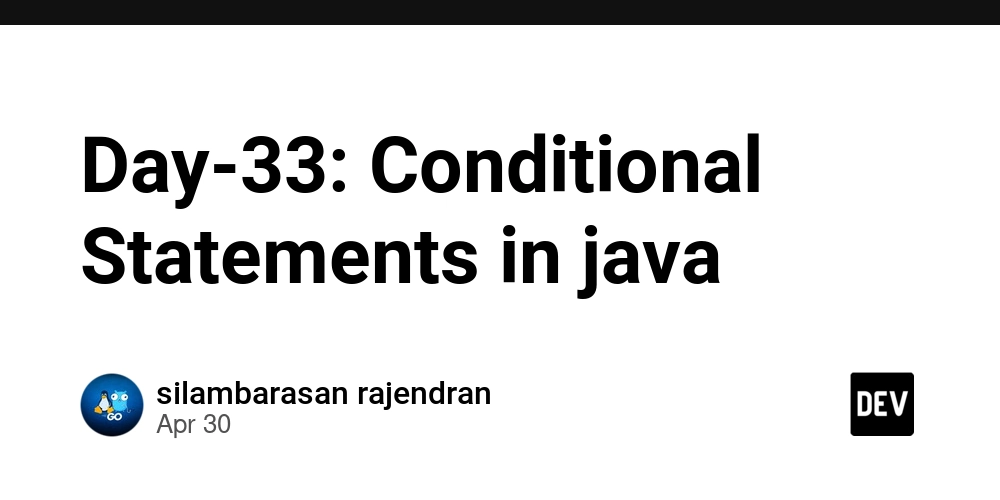











































































































































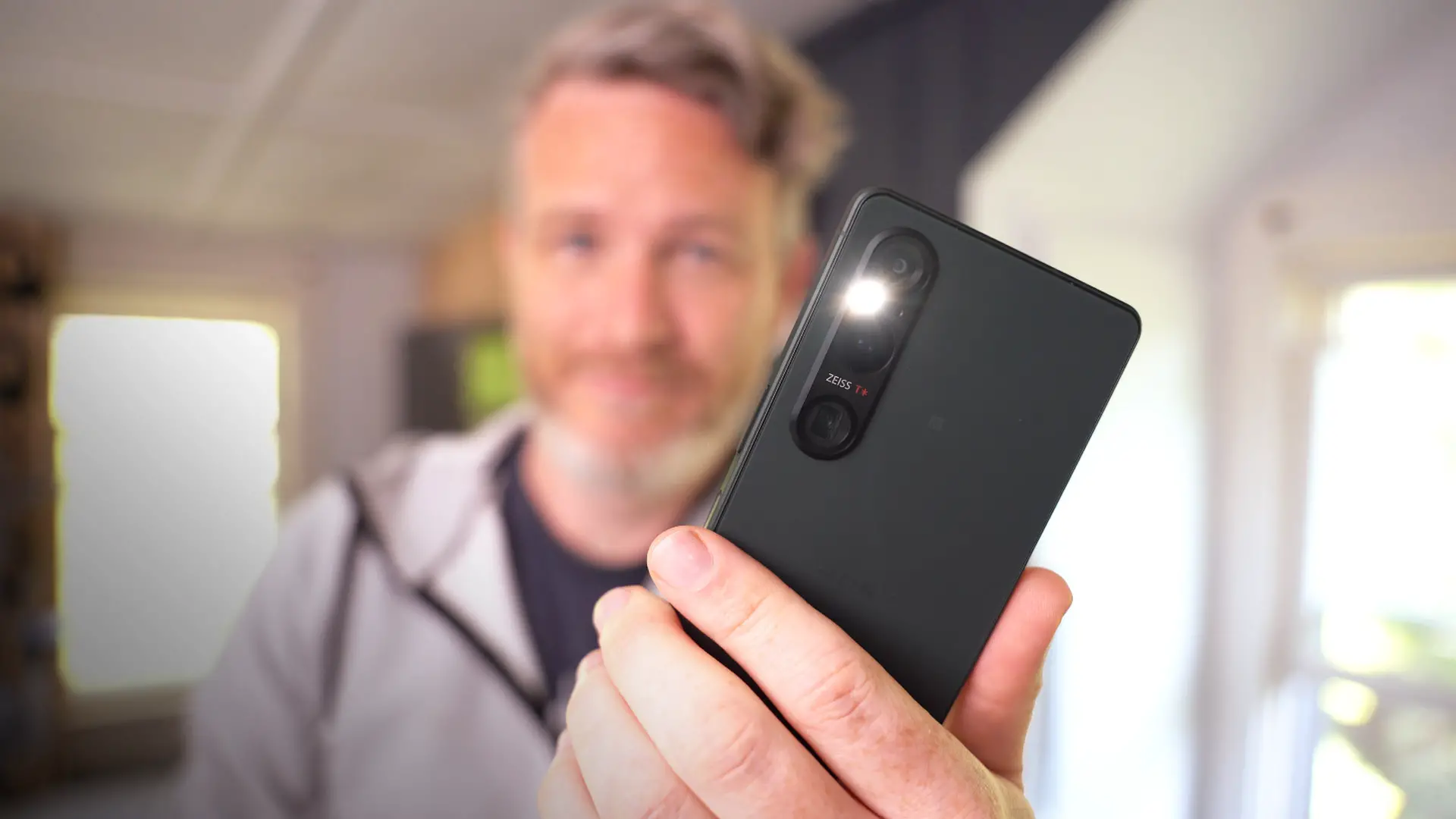











_NicoElNino_Alamy.jpg?width=1280&auto=webp&quality=80&disable=upscale#)




















































































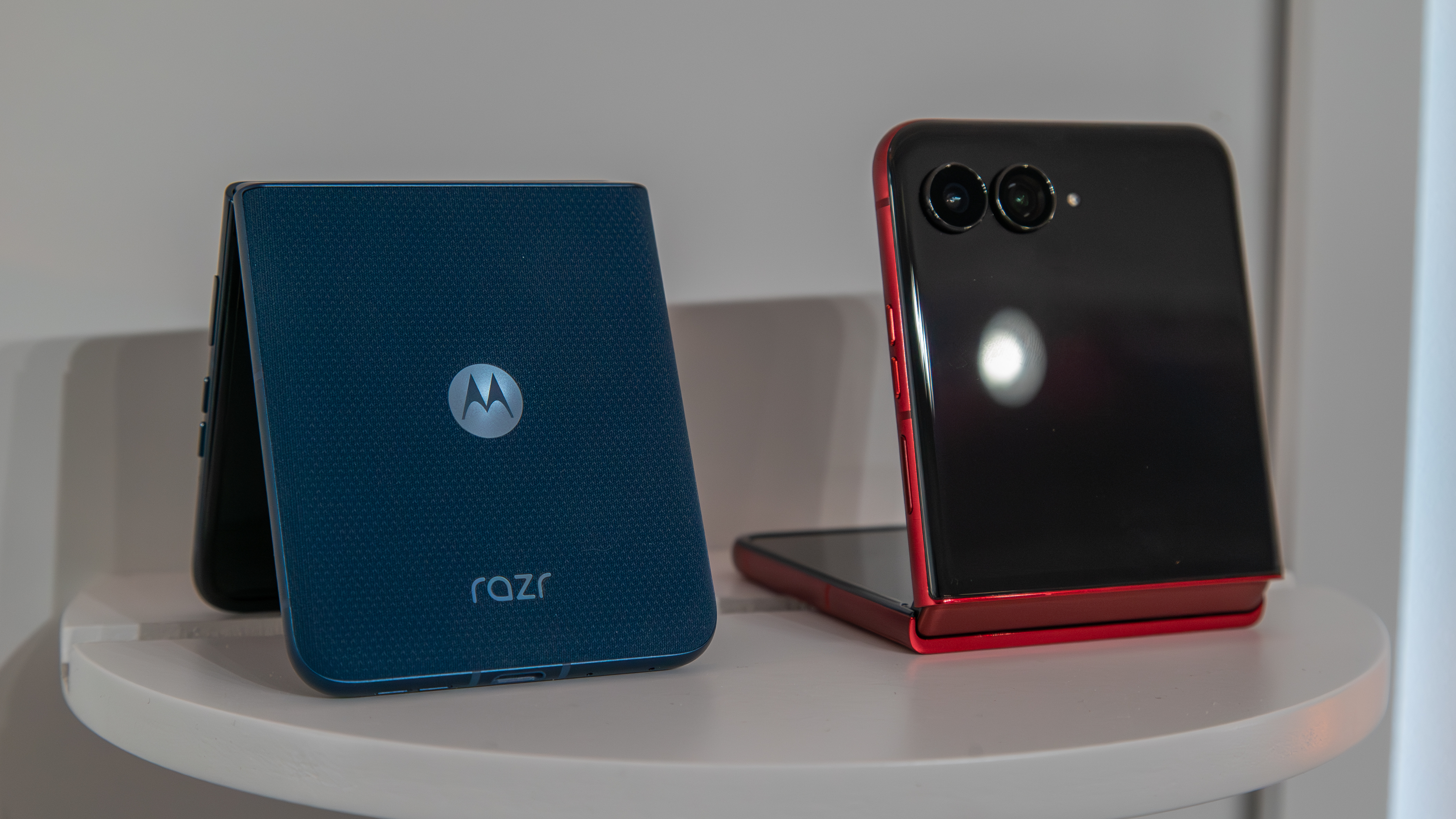
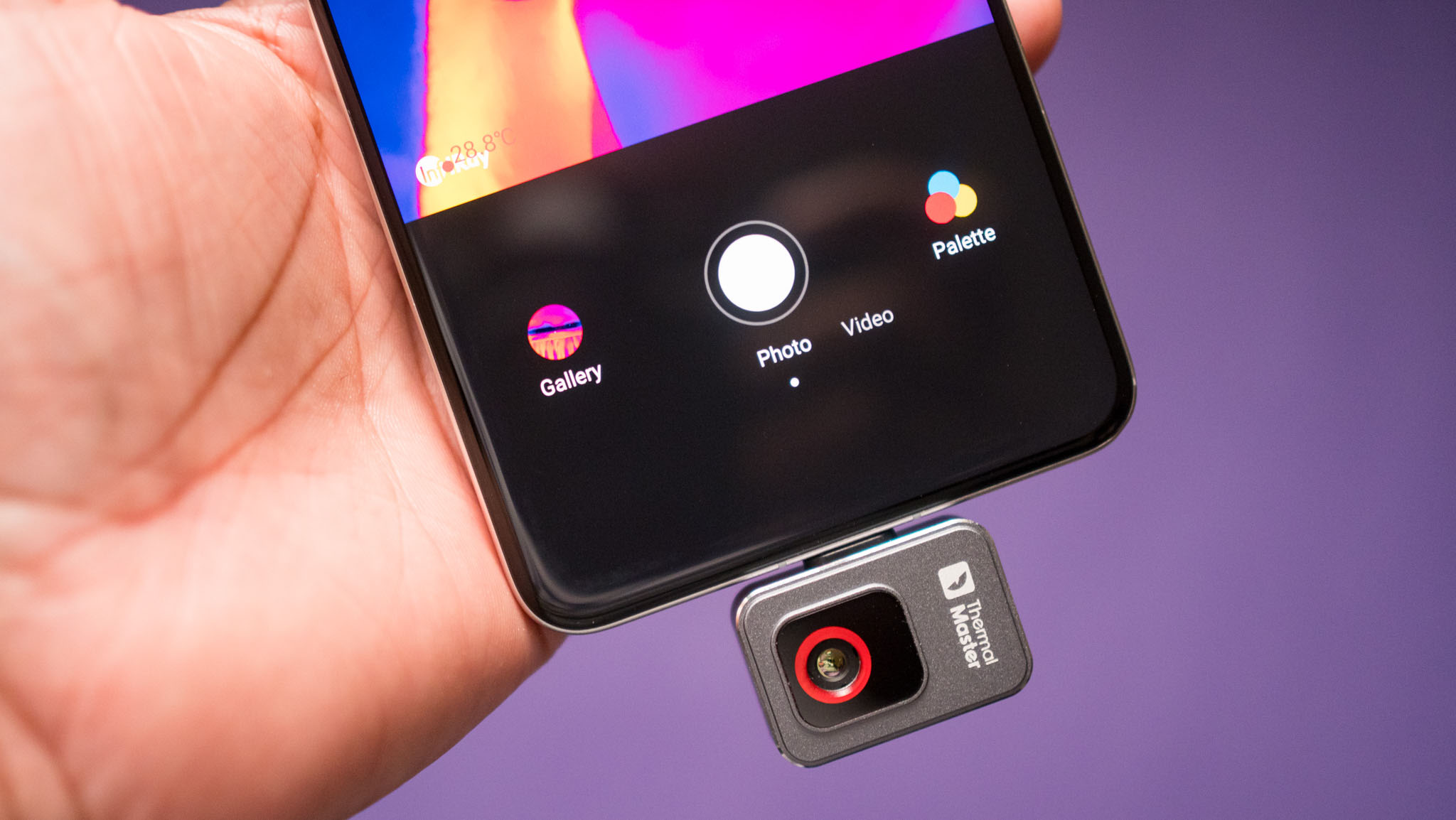









![Craft adds Readwise integration for working with book notes and highlights [50% off]](https://i0.wp.com/9to5mac.com/wp-content/uploads/sites/6/2025/04/craft3.jpg.png?resize=1200%2C628&quality=82&strip=all&ssl=1)











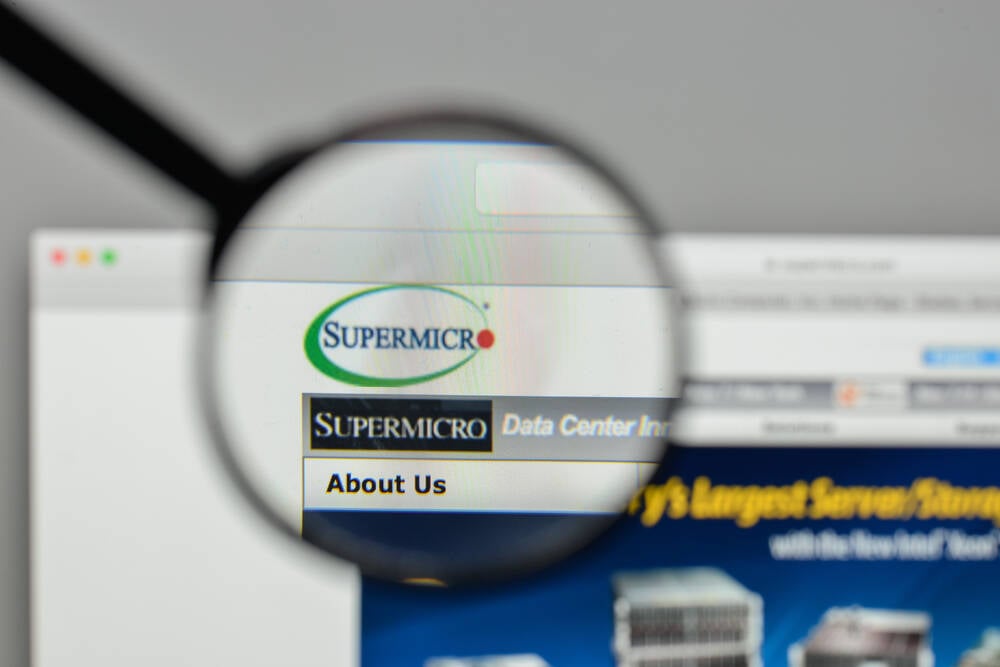



![Apple Restructures Global Affairs and Apple Music Teams [Report]](https://www.iclarified.com/images/news/97162/97162/97162-640.jpg)
![New iPhone Factory Goes Live in India, Another Just Days Away [Report]](https://www.iclarified.com/images/news/97165/97165/97165-640.jpg)















